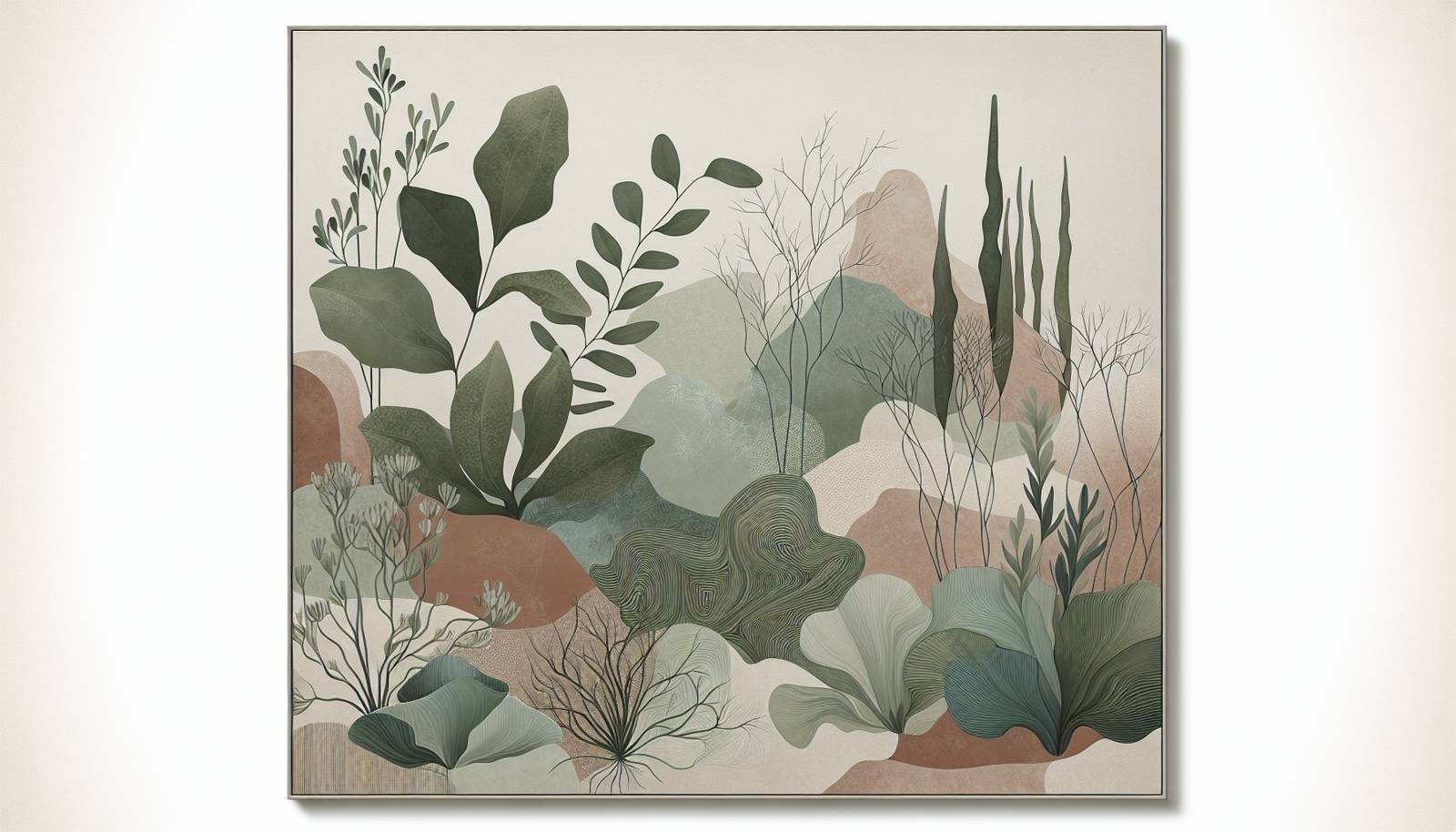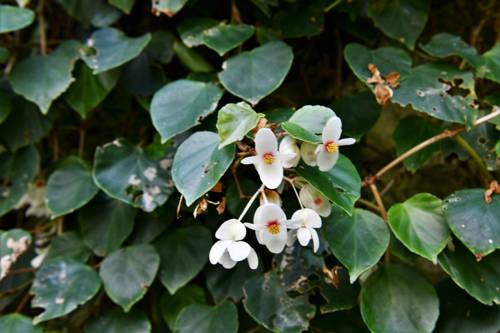
FAQ About Indoor Alpine Plant Cultivation

What are alpine plants?
Alpine plants are species adapted to high-altitude environments where they endure challenging conditions such as low temperatures, high winds, and a short growing season. They are typically found in regions like the Alps, Rockies, and Himalayas. These plants are well-suited to rocky, well-drained soils and are known for their compact, hardy forms and vibrant flowers.

Can alpine plants be grown indoors?
Yes, alpine plants can be grown indoors successfully with the right conditions. This involves simulating their natural environment with considerations for light, temperature, soil, and humidity. Indoor alpine cultivation allows gardeners to enjoy these plants' beauty without needing a mountain climate.

What lighting conditions do alpine plants need indoors?
Alpine plants typically require bright, indirect sunlight. Mimicking their natural high-altitude environment means providing plenty of light, but avoiding direct, harsh sun that can scorch the plant. Using grow lights can also help in maintaining the necessary light levels.

How should the soil be prepared for indoor alpine plants?
Alpine plants thrive in well-draining soil that mimics their natural mountain environment. A mix of sand, grit, and loam is ideal, providing both drainage and nutrients. It's also important to ensure the soil doesn't become compacted over time, which can hinder root growth.

What temperature range is suitable for indoor alpine plant cultivation?
Alpine plants generally prefer cooler temperatures, replicating their high-altitude habitats. Indoor temperatures can range from 10°C to 15°C (50°F to 59°F) to keep them healthy. Sudden temperature changes should be avoided to prevent stress on the plants.

How often should alpine plants be watered indoors?
Watering depends on the specific needs of the plant species, but generally, alpine plants require less frequent watering. It's crucial to allow the soil to dry out between waterings to replicate their natural drought-tolerant adaptations and prevent root rot.

Can alpine plants tolerate indoor humidity?
Most alpine plants prefer low-humidity environments similar to their native alpine regions. It is important to avoid high humidity, as this can lead to mold growth and other issues. Ensuring good air circulation can help manage indoor humidity levels.

What types of alpine plants are best for indoor cultivation?
Some alpine plants suitable for indoor cultivation include various species of Saxifraga, Lewisia, and Alpine Primroses. Each of these species offers unique characteristics, with many showcasing vibrant flowers and compact growth forms ideal for pots and small spaces.

How can I emulate high-altitude conditions for alpine plants indoors?
Emulating high-altitude conditions involves controlling temperature, light, and air circulation. Use a combination of adjustable grow lights to simulate sunlight and maintain cool indoor temperatures. Adequate ventilation is also crucial to mimic the natural windy environment.

Are there any specific containers recommended for growing alpine plants indoors?
Containers for alpine plants should have excellent drainage. Clay pots are a good choice as they absorb moisture, improving drainage. Ensure pots have multiple drainage holes and avoid overly large containers to prevent waterlogging of roots.

Do alpine plants require fertilization when grown indoors?
Alpine plants typically have low nutrient requirements, owing to their natural habitats. However, a balanced, low-strength fertilizer during the growing season can support health and flowering. Avoid over-fertilizing, which can damage the plants.

Can alpine plants flower indoors?
Yes, with the right care and conditions, alpine plants can bloom indoors. Providing adequate light, appropriate temperatures, and minimal water stress are key to encouraging flowering in these plants.

What are common challenges when growing alpine plants indoors?
Common challenges include providing sufficient light, managing temperature fluctuations, and ensuring proper drainage. Pest control can also be an issue, as well as closely monitoring for signs of mold due to excessive humidity.

How do I know if my indoor alpine plant is healthy?
Healthy indoor alpine plants typically have vibrant leaves and flowers, strong stems, and no signs of mold or pests. Regularly check for discoloration, wilting, or spots that might indicate stress or disease.

Can pests affect indoor alpine plants?
Like any plant, alpine varieties can be susceptible to pests such as aphids, spider mites, and mealybugs. Regularly inspect your plants and use appropriate pest control measures, such as neem oil or insecticidal soap, if necessary.

What role does air circulation play in growing alpine plants indoors?
Air circulation is crucial for mimicking the natural windy conditions of alpine environments. It helps prevent mold growth, ensures even distribution of heat and CO2, and strengthens plant stems.

Do indoor alpine plants need dormancy?
Many alpine plants have a natural dormancy period that should be respected even when grown indoors. This typically occurs in winter, when watering should be reduced and temperatures kept cooler to allow the plant to rest.

How can I propagate alpine plants indoors?
Alpine plants can often be propagated by division or from seed. For division, wait until the growing season to separate offshoots from the parent plant. Seed propagation requires patience and optimal conditions to ensure germination.

Can I use alpine plants in terrariums?
While alpine plants can be used in open terrariums, it's essential to maintain low humidity and ensure excellent drainage. Terrariums with lids are not recommended, as they trap moisture and create an unsuitable environment for these plants.

How do I acclimate new alpine plants to indoor conditions?
Introduce new alpine plants to your home gradually by initially placing them in a cooler, shaded spot and then slowly adjusting them to their final location over a couple of weeks. This process helps reduce stress and allows the plants to adapt to indoor conditions.
